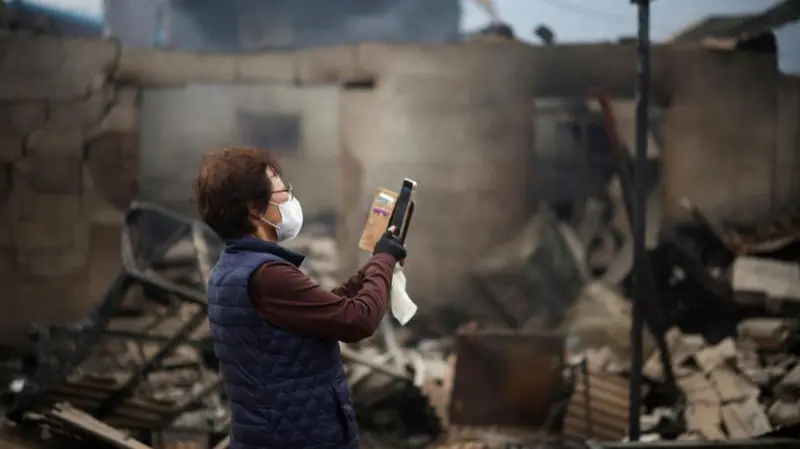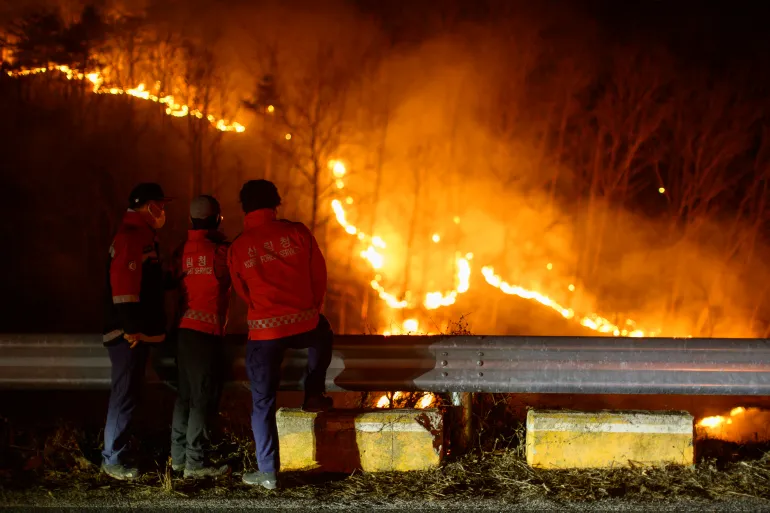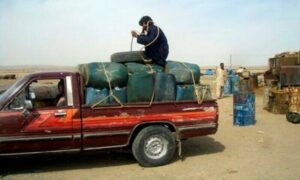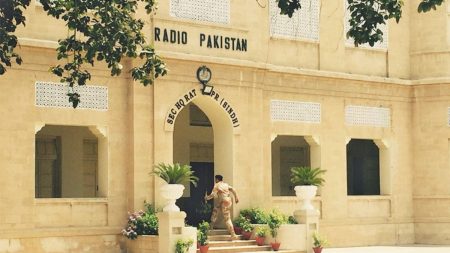Islamabad/Seoul, March 27: Wildfires in South Korea have become the largest and deadliest on record, surpassing previous blazes in both the amount of forest burned and the number of lives lost, officials reported on Thursday, with the death toll reaching 27.
The fires, which erupted over the weekend, ravaged vast areas of the southeast, forcing around 37,000 people to flee their homes.
The flames cut off roads and disrupted communication lines, causing widespread panic as residents attempted to escape.
According to the Ministry of Interior and Safety, 27 people have been confirmed dead, and dozens more have been injured, with the death toll expected to rise.
This represents the highest number of fatalities since the Korea Forest Service began tracking wildfires in 1987.
As of the latest reports, over 35,000 hectares (86,500 acres) of forest have been consumed by the fires. Lee Han-kyung, the head of the disaster and safety division, mentioned that the blaze was still spreading “rapidly.”
Local View of Disaster
One local resident, Kim Mi-ja, 84, whose home was destroyed, expressed the emotional toll of the disaster: “I don’t know how to describe it. My heart feels like it’s going to burst even now speaking about it.”
The scale of the destruction makes this wildfire the largest in South Korea’s history, surpassing the 2000 fire that scorched nearly 24,000 hectares along the east coast.
Changing wind patterns and ongoing dry conditions have exposed the limitations of conventional firefighting methods.
“I didn’t have the strength to put the fire out,” said Lee Sung-gu, a 79-year-old resident, who witnessed the destruction of his entire neighborhood. “I didn’t have the courage to do it, I could only just watch.”
Many of the fatalities have been elderly residents, and at least three firefighters lost their lives, with one pilot perishing when his firefighting helicopter crashed in the mountains.

The fires have underscored the impact of climate change.
South Korea recorded its hottest year on record last year, and while temperatures prior to the wildfires had been closer to average, the fire-stricken region had experienced significantly lower rainfall than usual.
“This wildfire has once again exposed the harsh reality of a climate crisis unlike anything we’ve experienced before,” said Lee Han-kyung.
The affected regions have received only half the average rainfall, combined with unusually strong winds, which have dramatically accelerated the fire’s spread and intensified the damage.
Read More: Massive Wildfire Near Los Angeles Grows to 9,400 Acres
Experts suggest that while the lack of rain created conditions conducive to wildfires, climate change is exacerbating the situation.
Yeh Sang-Wook, a climatology professor at Hanyang University, noted, “We can’t say that it’s only due to climate change, but climate change is directly [and] indirectly affecting the changes we are experiencing now.”
Forest Management Practices
However, forest management practices in South Korea have also been criticized.
Professor Hong Suk-hwan from Pusan National University explained that the country’s focus on preserving large pine trees, which are rich in resin, has contributed to the spread of wildfires.
“If a fire breaks out, would it spread more easily on wet paper or on dry paper soaked in oil? Our forests are essentially covered in oil-soaked paper, creating an environment where wildfires can spread at an alarming speed,” he said.
He argued that a more diverse mix of deciduous trees would slow the spread of wildfires and prevent such devastating outbreaks.
In an attempt to protect cultural heritage sites, ancient trees have been sacrificed. A 200-year-old pine tree at Bongjeongsa temple in Andong, a UNESCO World Heritage site, was cut down to prevent the flames from spreading to the temple.
“We had no choice but to cut it down,” said the chief monk of the temple. “The fire is spreading rapidly from one pine tree to another.”
Efforts to protect other historic sites, including the Byeongsan Seowon, a former Confucian academy, have also been underway.
Also Read: Heathrow Airport Faces Shut Down After Huge Fire Incident
Firefighters have been spraying water and fire retardants on the site, although the situation remains dire.
“We are spraying three tonnes of water every day,” said Lee Seung-myung of the Andong Fire Department. “But we are at the mercy of the wind.”
With rain forecast for later Thursday, authorities are hopeful that this will provide a much-needed opportunity to bring the fires under control.









